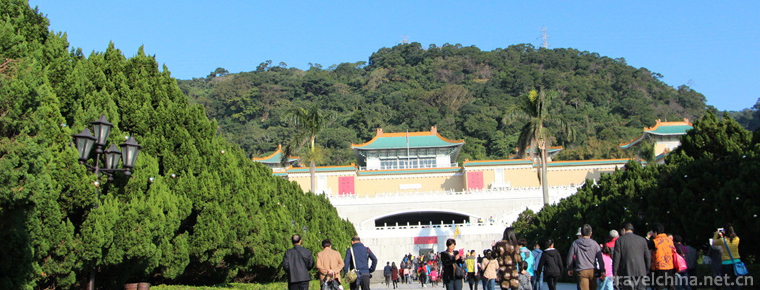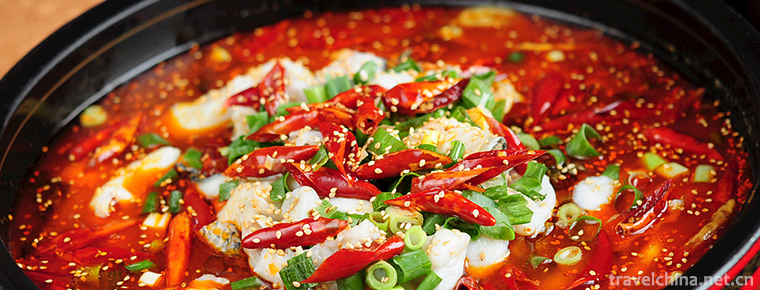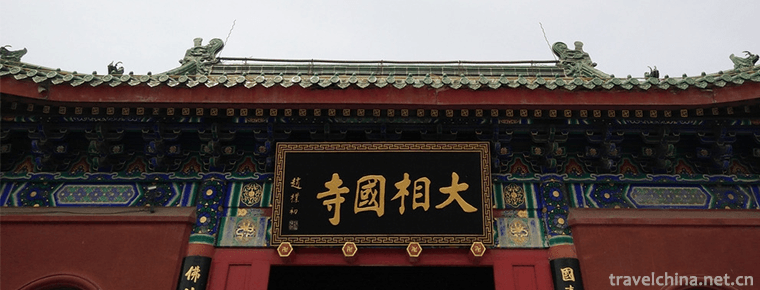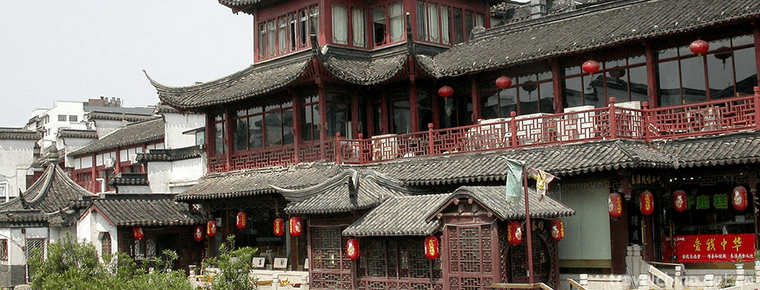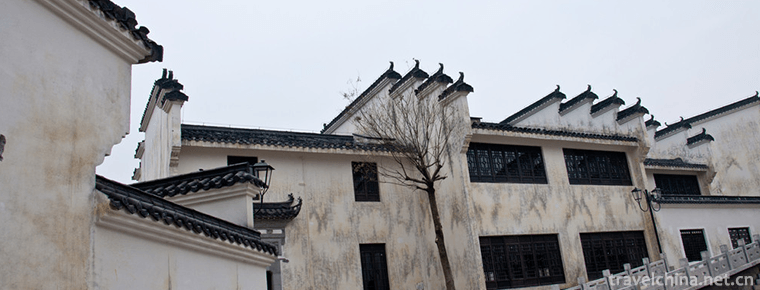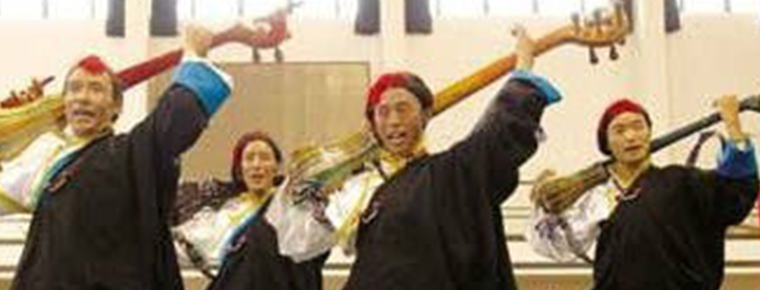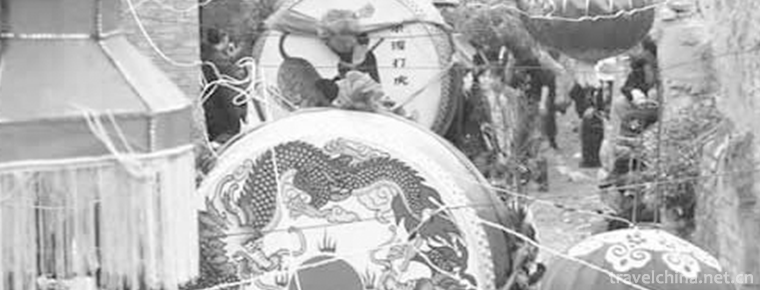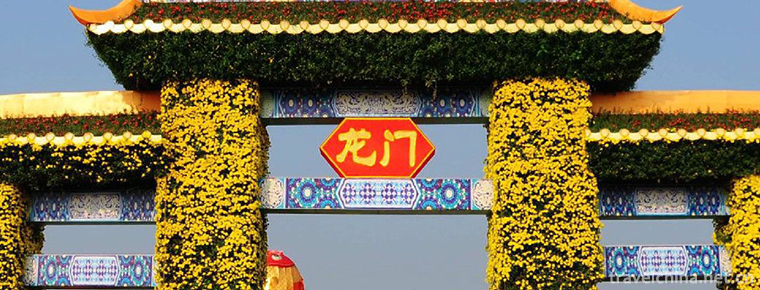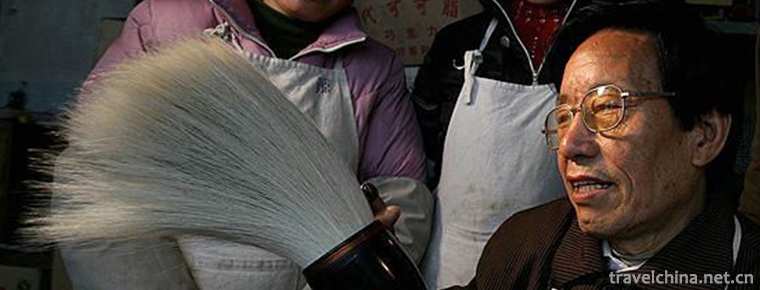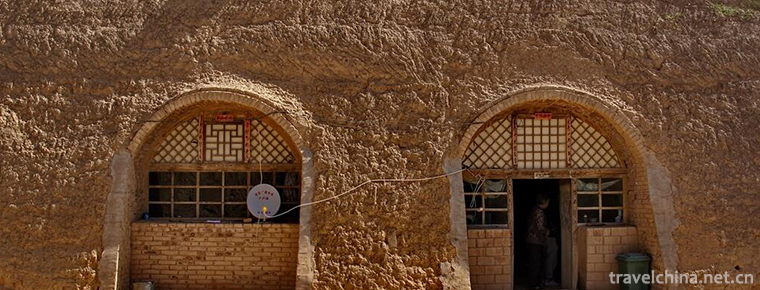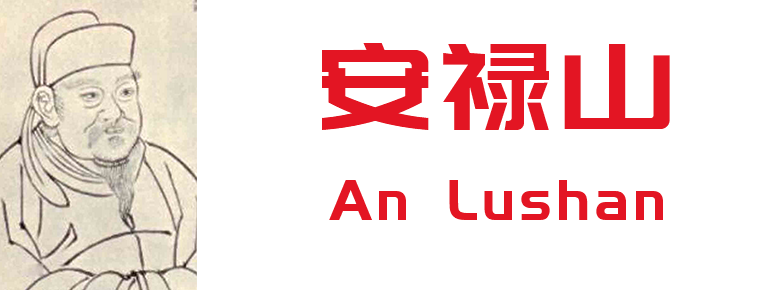Liaoheyuan National Forest Park
Liaoheyuan National Forest Park
Liaoheyuan National Forest Park is located in Dawopu Forest Farm, Pingquan County, Hebei Province. It is named for its birthplace of Liaohe River in China.
The total area of the park is 11886 hectares, with forest coverage of 81.2%. The main peak of the park is Mt. Mayu (Bare Mountain) at an elevation of 1738 meters. There are large areas of primary secondary forest in the park, and the vertical distribution of plants is obvious. There are more than 2000 kinds of plants, including 198 kinds of woody plants, and more than 20 kinds of wildlife including leopard and golden carving, which are the first-class protected animals in China.
geographical environment
Liaoheyuan National Forest Park is located in the hinterland of Dawopu Forest Farm 60 kilometers northwest of Pingquan County, Hebei Province. It is bordered by Lingyuan City of Liaoning Province, Ningcheng County of Inner Mongolia and Chengde County of Hebei Province in the east, north and West respectively. It is 80 kilometers away from Chengde City and has a total area of 230 square kilometers.
Mountain physiognomy
Liaoheyuan National Forest Park belongs to the transitional zone of Inner Mongolia platform anticline and Qilaotuling in geotectonics. Since the Mesozoic Yanshan movement, surface volcanic eruption, magmatic overflow and many times of magmatic activity, with the crustal movement gradually rising to land, forming different granites, caves and cliffs, such as Zhongshan, low mountains and hills, forming a variety of landscapes.
Climatic characteristics
The region belongs to the temperate zone over to the middle temperate zone, semi-humid and semi-arid continental cool-temperate mountain climate, characterized by distinct seasons, hot and rainy season, abundant sunshine, abundant rainfall, small wind and sand, large temperature difference between day and night, annual average temperature of 5-7 C, annual average heavy rainfall of 500-700 mm, mainly concentrated in July-September, maximum daily rainfall of 170 mm, frost-free period of 120-130 days, winter snow cover of 5. Month, the maximum frozen soil layer 143 cm.
natural resources
water resource
The park is rich in water resources. The Laoha River, which originates from Toudao Water Spring (the source of Liaohe River), flows through Liuxi Township, Loess Liangzi Town and Ningcheng County and then into the West Liaohe River. The watershed covers an area of 1349.13 square kilometers, runoff is 0.9 billion cubic meters, groundwater is 0.246 cubic meters, and the depth is less than 1.5 meters. The water quality is sodium carbonate, calcium, magnesium water and mineralization degree is less than 0.5/liter, which belongs to freshwater.
Biological resources
There are 988 kinds of plants and 260 kinds of animals in the park. Among them, there are 18 kinds of endangered plants such as Juglans mandshurica, Rhododendron cuckoo and Cymbidium grandiflorum. There are more than 30 kinds of national protected animals such as golden carving, leopard, Swan and so on. There are 219 ancient and famous trees with records over one hundred years, which are praised by experts as "green gene pool" and "animal and plant kingdom".
Soil resources
The main types of soil in the park are brown soil, cinnamon soil and meadow, which form middle and low mountain distribution zones with different altitudes. The brown soil distributes between 300 and 700 meters above sea level. The brown soil distributes over 700 meters above sea level. The meadow soil distributes in valleys, low terraces of rivers, shady slopes and semi-shady slopes mostly consist of loam and sandy loam. The thickness of soil layer is 30-60 cm, and the sunny slopes are sandy coarse Valley soil. Layer thickness is 20-30 cm, soil PH value is 6.5-7.5, organic matter content is rich, the general surface soil content is 0.5-4.8%, the highest can reach 15%.
mineral resources
Up to 2003, 40 mineral resources have been found and 25 proven reserves have been found. 20 mineral resources are being developed, such as gold, silver, copper, iron, zinc, molybdenum, manganese, fluorite, bentonite and coal.
Scenic spot landscape
The park is divided into three scenic spots, namely, Liaoheyuan Forest Bath Area, Mayushan Grassland Huahai Area and Liao Dynasty Ancient Tomb Area. There are 65 scenic spots, which are won by the beauty of mountains, forests, grasslands, Huahai, strange rocks, Qingquan, ancient trees and ancient tombs.
Source of Liaohe River
In 1990, more than 30 artists from Yingkou City, Liaoning Province, went upstream along the Liaohe River from Yingkou to Haikou, searching for the source, and carved the four big words "Liaohe source".
The source of Liaohe River is rich in water, clear water, rich in calcium, magnesium, potassium, sodium, phosphorus and other inorganic salts. It can supplement the essential trace elements such as copper, fluorine, iodine, iron, molybdenum, selenium and zinc that human body lacks. It has obvious effect on strengthening human tissue function and promoting human health. Every year, 120 million cubic meters of clean water are provided to Laoha River and the middle and lower reaches of Liaohe River, feeding hundreds of millions of children of Liaohe River.
Kowloon poplar
Kowloon Poplar is a small leaf poplar, also known as "Millennium Poplar", with a diameter of about 5 meters and a crown of more than 750 square meters. Nine side trunks are like nine dragons, stretching flat, rising or prone, winding and graceful. Looking from the east to the west, the tree is like a Chinese territory. It is rare. It has the name of "the world's strange poplar". After storms, it is still flourishing.
Wang Ye horse farm
The subalpine meadow with an elevation of 1600 meters and a continuous area of nearly 10,000 Mu is a famous nomadic place for the founders of the Liao Kingdom, Yabaoji and the emperors of Liao Dynasty. It is historically known as Wang Ye's horse farm and Liao Shi is also known as Bai Ma Dian. Liao Jingzong, Liao Daozong and Empress Xiao all came here to fly and hunt.
It is a rare subalpine meadow in North China because of its high content of soil organic matter and various vegetation types. In spring and summer, there are many flowers like brocade and green grass in the sky, red stone ocean scenery in white, pink carmine, yellow golden lotus, blue pigeon flowers, and various unknown wild flowers blooming, contending for beauty, the breeze touches the face, ups and downs, fragrant and refreshing.
Forest bathing place
The forest coverage rate of Liaohe source scenic spot is over 82%, and the vertical distribution of vegetation is obvious. With the increase of altitude, the order from foot to top is broad-leaved forest, coniferous-broad mixed forest, coniferous forest and subalpine meadow. Liaoheyuan Forest Bath is clean, sterile, non-toxic and dust-free. It is "natural oxygen bar" and "natural purifier". It can absorb 0.68 million tons of sulfur dioxide, 23.9 million tons of carbon dioxide and release 18.1 million tons of oxygen every year. According to the data, the content of negative oxygen ions is more than 20,000 per cubic centimeter. A large amount of bactericide is perfused every day, which has bactericidal and immune functions.
Liao Dynasty Tombs
"History of Liao Dynasty" Volume 97: "Dou Jingyong, a native of Zhongjing, the son of Zhongshu Lingzhen. Qingning Zhong, the first scholar, was appointed secretary, provincial school scholar, and was relocated to Shaofu Youth Supervisor. Six years in Xianyong, he received a bachelor's degree in Privy Council. In the early days of Da'an, the Deputy envoy to the Privy Council of Qiannan Yuan supervised the history of the country, knew the Privy councillors, conferred virtues and meritorious ministers, and sealed Chen Guogong. After nine years of death, he called for the elimination of the constitution.
There were 36 stone statues, five stone tigers, four stone sheep and two stone men in the cemetery. The fine carving, both physical and spiritual, after thousands of years of wind and rain erosion, well-preserved, reflecting the exquisite art of Liao Dynasty. The clear water from the source of Liaohe River flows slowly through the tomb. There are pictures of Bindi Mountain in front of the tomb, five peaks adjacent to each other, and three pillars on the north side of the hill stand on top of the three pillars, known as "three Bingxiang", which becomes a natural offering. The cemetery is surrounded by green hills and mountains, green water and jungle. It has a long history of mountains, and water worship is sentimental. It is a typical geomantic treasure land.
Traffic information
Tourism special line
Pingquan-Liaohe Source Special Tourist Line (Liangzi Town, Loess) - Liaohe Source
Self driving
Jingcheng Expressway-Chengchao Expressway-Yangshulingxia Expressway-Chengde Direction-Bajiazhuanpen Turn Right to Chifeng Direction-Liaoheyuan Tourism Special Line-Scenic Spot
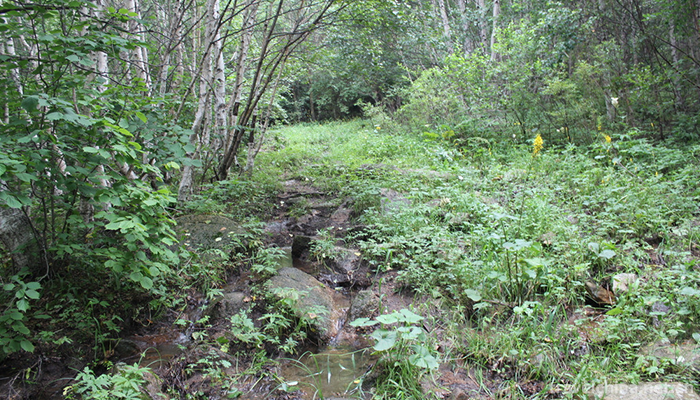
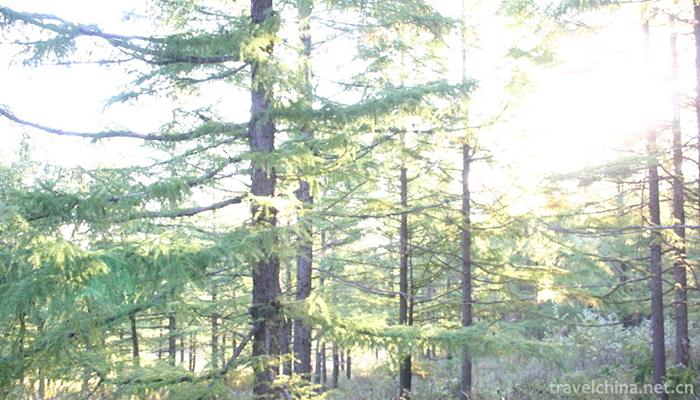
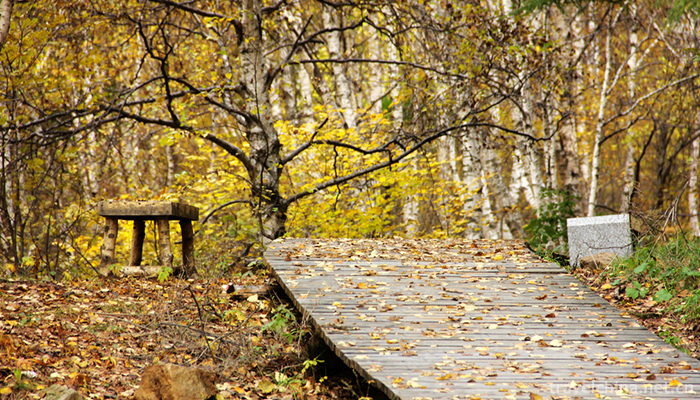
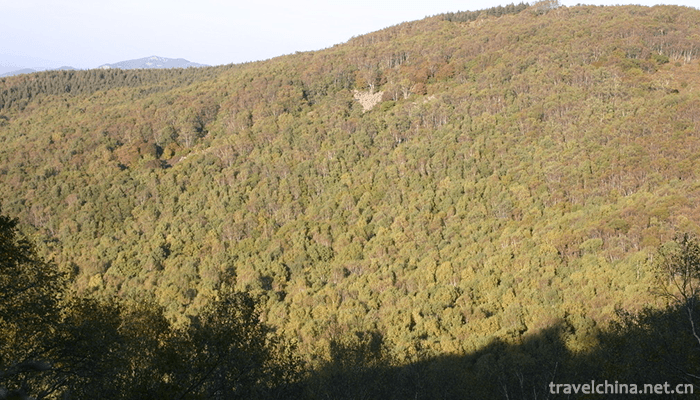
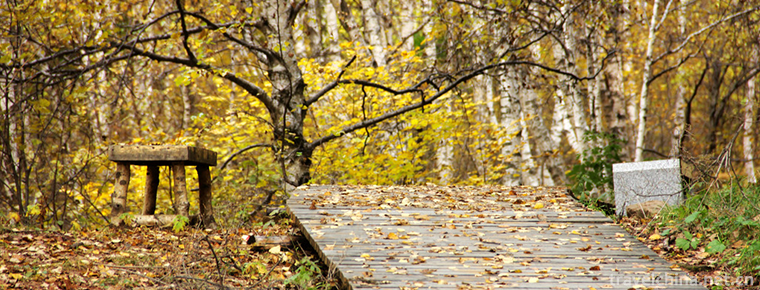
Liaoheyuan National Forest Park
-
National Palace Museum Taipei
Taipei national the Imperial Palace Museum, also known as the Taipei the Imperial Palace and Zhongshan Museum. It is one of the three major museums in China and one of the largest comprehensive museum
Views: 292 Time 2018-10-12 -
Sliced Fish in Hot Chili Oil
Boiled fish, also known as river boiled boiled fish and boiled fish fillet, was first popular in Cui Yun Township, Yubei District, Chongqing.
Views: 263 Time 2018-10-27 -
The daxiangguo Temple
Daxiangguo Temple, formerly known as Jianguo Temple, is located in the western section of Kaifeng Freedom Road. It is a famous Buddhist temple in China. It was founded in Tianbao, Northern Qi Dynasty
Views: 231 Time 2019-01-07 -
Ancient Huaihe River Cultural Ecological Scenic Area
The ancient Huaihe River cultural and ecological scenic spot is located in Qingjiangpu District, Huai'an City, Jiangsu Province. It is a national AAAA-level tourist scenic spot. The scenic spot is an
Views: 112 Time 2019-01-12 -
Hefei Intangible Cultural Heritage Park
Hefei Intangible Cultural Heritage Park project is located in Changfeng County, Hefei City, China. The project covers an area of about 3500 mu, with a total investment of 500 million yuan and a constr
Views: 182 Time 2019-01-13 -
Lhasa nun Ma
Lhasa Bauma refers to a comprehensive music and dance art style which has a huge structure and contains poems, songs, dances and music, which is spread in Lhasa, Shigaze and Jiangzi of Tibet.
Views: 309 Time 2019-05-10 -
Yucun drum car
Yucun Drum Car has a history of more than 2,700 years. It has recovered after a long history of ups and downs. Drum truck is a combination of drum and car, which evolved from the ancient chariot. As a
Views: 115 Time 2019-06-28 -
Xiaolan Chrysanthemum Club
Xiaolan Town, located in the middle of the Pearl River Delta, is an important town in Zhongshan City, Guangdong Province. Xiaolan has the reputation of "Chrysanthemum City". Chrysanthemum cu
Views: 288 Time 2019-07-06 -
Xuanbi Production Skills
Xuanbi has a long history. Originated in the Qin Dynasty, it flourished in the Tang and Song Dynasties. At the end of Song Dynasty and the beginning of Yuan Dynasty, there were frequent wars, and the
Views: 156 Time 2019-07-09 -
Cave Building Techniques
Cave dwelling is an ancient dwelling form of residents on the Loess Plateau in Northwest China. The history of cave dwelling can be traced back to more than 4,000 years ago. The Chinese people creativ
Views: 127 Time 2019-07-11 -
An Lushan
An Lushan (703 to 757 years). Yingzhou (today's Liaoning Chaoyang) Kang Name Rolling hill 。 His father may be kang Hu people Mother A Stead S is a the turks Witch. According to legend, his mother did
Views: 282 Time 2019-09-11 -
Chongzhou jiulonggou scenic spot
Chongzhou jiulonggou scenic spot is located in Sanlang Town, Chongzhou City, with an area of more than 170 square kilometers and 76 kilometers away from Chengdu City. Jiulonggou is known as "Dragon Palace on earth".
Views: 327 Time 2020-11-05
